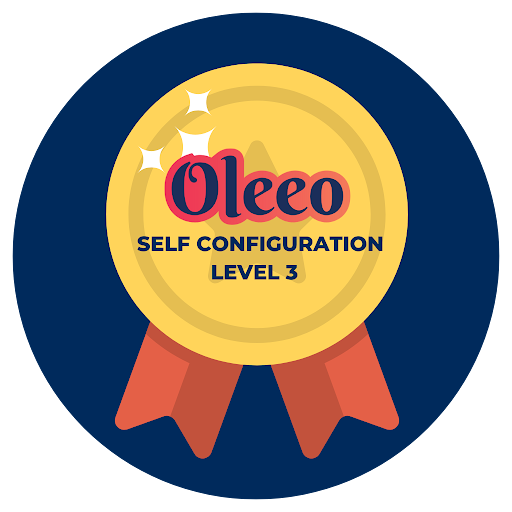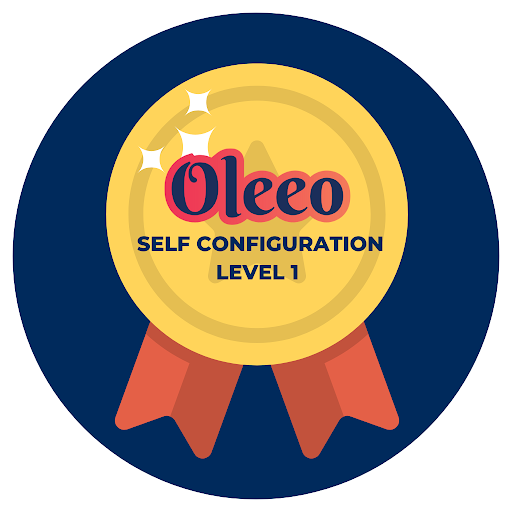In this guide, we'll walk you through the process of creating a new one from scratch. Opportunities can also be known as 'Vacancies', 'Programs', 'Openings', or 'Requisitions', depending on the configuration of your system.
STEP 1: INITIATE THE PROCESS
There are 2 ways to initiate the process:
A. From the left-hand menu, navigate to Opportunities > Create.
OR
B. From your dashboard, where you may have a Quick Links widget, click Create Opportunity.
Both methods will open a new opportunity description form.
Opportunities may be called something else on your system:
As mentioned above, opportunities may be named 'Vacancies', 'Programs', 'Openings', or 'Requisitions' in the left-hand menu on your system.
STEP 2: SELECT A TEMPLATE (IF AVAILABLE)
If your system uses templates, you'll be prompted to select one. Templates save time by pre-filling form fields. View our guide to creating templates.
New vacancy management interface: Copy an existing opportunity:
On the new vacancy management interface, you have the additional option to pre-fill form fields by copying an existing opportunity.
STEP 3: FILL IN THE STANDARD OLEEO FIELDS
There are a few standard fields that always have to be completed during opportunity creation:
- Title:
- The title you enter will be visible to candidates on your job boards.
- Live Date:
- This is the earliest point in time when your opportunity can be advertised and candidates can begin to apply.
- You can pick the dates from a calendar or manually type them in.
- Closing Date:
- This is the latest point in time when candidates are able to submit their application to your opportunity.
- The recruitment team will be able to adjust this if required.
- Anonymisation start date / Deletion start date (optional extra):
- This is the date which the system uses to calculate how long to retain candidate data submitted to this opportunity.
- For example, if your company's system's retention period is set to 12 months and you set the Anonymisation/Deletion start date to 17/04/2024, then the system will anonymise (or delete) all candidate data submitted to the opportunity on 17/04/2025.
Customers can set their retention periods:
Auto-anonymisation and auto-deletion are both optional extra features which companies can use to ensure that they are being compliant with data retention laws (such as GDPR). Every system that uses this feature will have different retention periods based on what the company’s legal team decides. Unless your company tells you differently, it's generally considered best practice to set the Anonymisation/Deletion start date to the same as the Closing Date.
STEP 4: COMPLETE THE REST OF THE OPPORTUNITY DESCRIPTION FORM
The rest of the form is tailored to your organisation's unique needs.
These fields serve various functions:
- Some are for internal reporting purposes.
- Some shape the opportunity advertisement seen by candidates.
- Some influence the pages and questions in the application form.
- Others guide the application process flow.
Top tips for completing the form:
- Templates auto-populate fields:
- If you selected a template at the beginning, certain fields may be automatically populated. Feel free to review and make any necessary amendments.
- Fields marked with an asterisk (*) are mandatory:
- On some systems, you may have the option to save the opportunity as a draft before submitting it.
- In other systems, submission is only possible after completing all mandatory fields.
- Blue fields are on the advert:
- On some systems, fields have bright blue text to highlight that they are on the opportunity advert.
- Hover your cursor over help icons for guidance:
- If you encounter a question mark icon next to a field, hover your cursor over it to access helpful information about that specific field.
- Long dropdown lists are searchable:
- Long dropdown lists feature a type-to-search functionality, enabling you to swiftly filter and locate your desired option.
- Use Rich Text Editor to format large free-text fields :
- Certain large free text fields may offer a rich text editor. An example would be the job description.
- This tool enables you to format text by making it bold, adding bullet points or changing font colours.
- When pasting text into a rich text field, ensure it is in plain text format. You can do this by right-clicking in the text box and selecting an option similar to 'Paste as Plain Text.' The specific wording may vary depending on your browser.
- Provide translations for candidate-facing free-text fields:
- If you have a multi-language system, you will need to provide a translation for any candidate-facing free-text fields.
- This is done by clicking on the 'Translate' button below the field.
Selecting assessment questions
Your form may allow you to input or select assessment questions. The questions can the feed through to the application forms, screening feedback forms, or interview feedback forms for application screening.
Types of assessment questions that can be configured in your system:
- Pre-application Knockout Questions:
- These questions are used to filter our candidates who do not meet the opportunity's minimum criteria.
- They are asked to candidates before they reach the main application form.
- They are 'hard' filters - if the candidate answers any of these questions 'incorrectly', they are prevented from applying.
- The questions should be phrased in the form of a "Yes"/"No" question.
- You may have the option to select the pass answer. If not, the default pass answer will be "Yes".
- Red Flag Questions:
- Red flag questions are used as a 'soft' filter.
- The questions will appear to candidates in the main application form.
- If a candidate provides an incorrect answer to any of the Red Flag questions, their application enters a holding status upon submission. This status may be labeled as 'New application - red flag'.
- Candidates are not notified about being placed in this holding status.
- You can then review the applications that have been red-flagged and decide whether to progress them to the full screen or to reject them.
- Competencies:
- Competency questions can be used to aid in screening.
- They will appear to candidates in the main application form as large free-text questions.
- Candidate's responses will merge into the screening feedback form and you will be able to rate their answers.
- Interview Competencies:
- Interview competencies are used to set interview evaluation criteria.
- The competencies set here will merge into the interview feedback forms and you will be able to rate the candidates' answers.
- Typically, you will be asked to select competencies from a list.
STEP 5: SAVE YOUR OPPORTUNITY
After filling out all mandatory fields, click the Create Opportunity button located at the bottom of the form to save your opportunity.
If you've left any mandatory fields blank:
- The opportunity will not be saved.
- You'll be redirected to the top of the form where a list of incomplete mandatory fields will be displayed.
- Click on a field to navigate directly to that part of the form.
- Incomplete fields are highlighted in red.
Complete the necessary fields and click 'Create Opportunity' when you're ready.
Save as Draft (optional extra):
On some systems, there's an option to 'Save as Draft.' If available, you can save the Opportunity after completing the mandatory standard fields (those fields at the top of the form not specific to your organisation). This allows you to partially complete the form, return to it at a later time and finish filling out the remaining details.
REVIEW AND EDIT
- After successfully saving your opportunity, it will receive a unique ID.
- You may have access to edit the details before sending them for approval or publishing.
- Standard Oleeo fields can be found in the Details tab, while the remaining fields can be found in the Description tab. Please note that tab names may vary based on your system's configuration.
- If you have access to adjust the information after submission, you will see an Edit button in the top-left corner of the tabs.
Changes on the new vacancy management interface:
- The Details tab has been renamed to Settings.
- The Settings and Description tabs are hidden by default and can be accessed by clicking the Edit button.
- When you open these tabs, they are automatically in edit mode.
- Please see our guide: Accessing additional vacancy tabs






